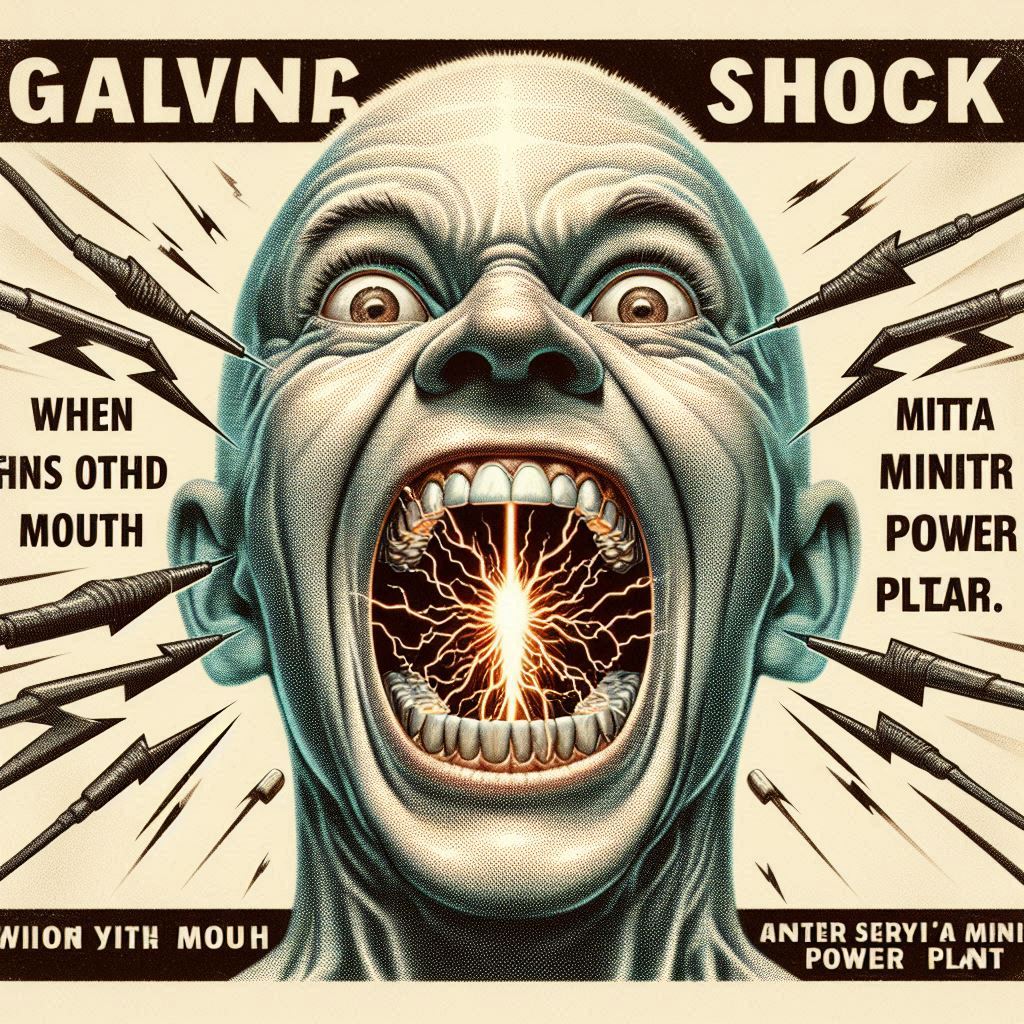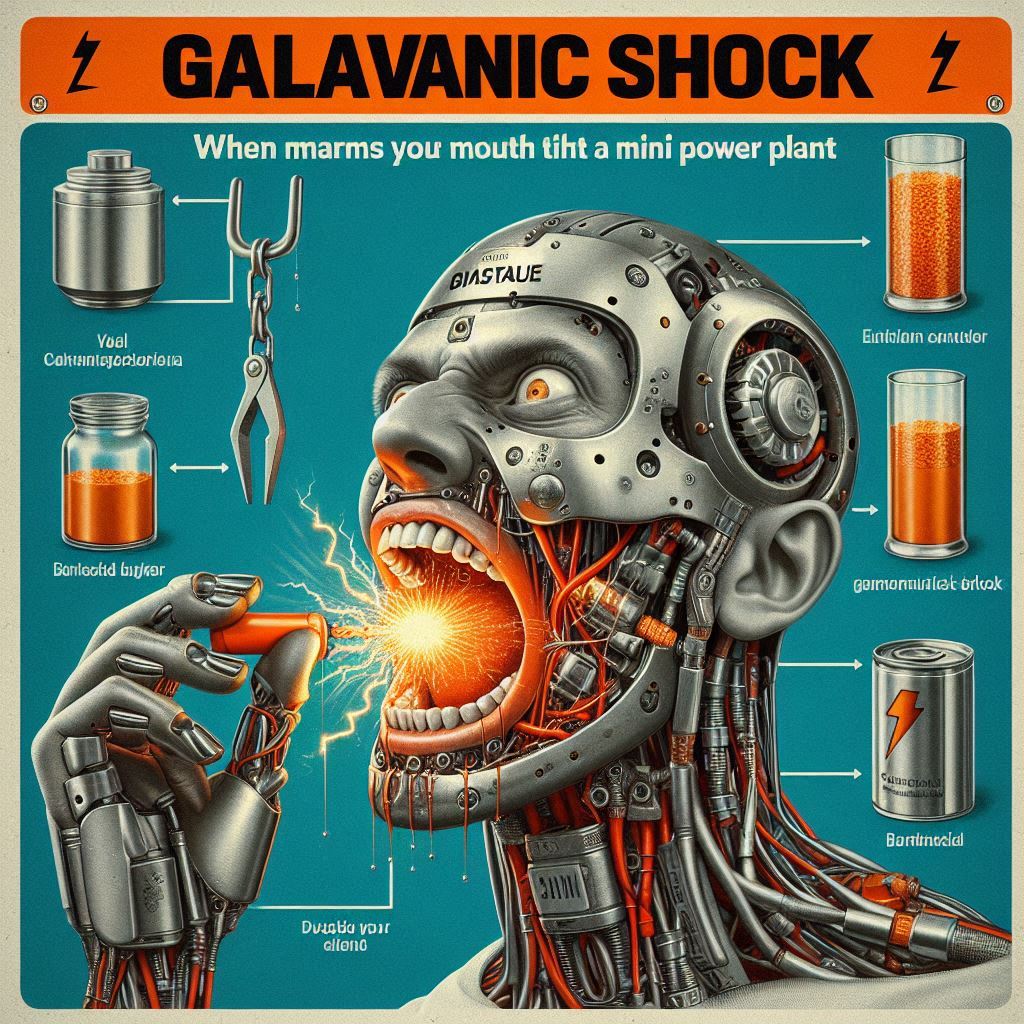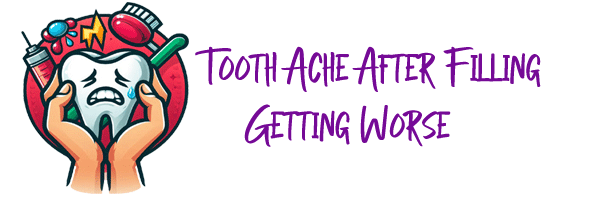Imagine your mouth as a peaceful village — quiet, calm, and harmonious. Your teeth are the homes, each settled in their little plots, content with their enamel walls and pulp-filled basements. For years, everything is fine — until one day, a new tenant moves in: a metal filling.

At first, it seems harmless. Maybe you had a cavity, and the dentist patched it up with a silver-colored amalgam. But then — like a lightning bolt slicing through a cloudless sky — a sudden jolt of pain zips through your mouth. It’s sharp, electric, and completely unexpected.
This phenomenon isn’t folklore — it’s science. When two dissimilar metals come into contact in the salty, moist environment of your mouth (think amalgam on one tooth and gold crown on another), your saliva becomes a kind of electrolyte. This turns your mouth into a tiny battery. The result? An electric current that zaps your nerves faster than a gossip rumor travels through a village.
Now, here’s where it gets tricky.
You got that filling to stop the pain. You thought the aching would end there. But instead, your tooth ache after filling is getting worse. The promise of relief has turned into betrayal. It’s like calling the fire department only to have them show up with more fire. Every sip of coffee, every bite of ice cream, even the mere brushing of your teeth sends a stab of discomfort radiating through your jaw. It feels less like dental care and more like dental warfare.

The worst part? It’s not constant — it’s sneaky. One moment you’re fine, the next, it’s as if a live wire was tucked inside your tooth. It doesn’t just hurt. It startles. And the mystery deepens because many people don’t realize what’s happening. They might think it’s a botched filling, a hidden cavity, or even a sign of infection. But it’s none of those — it’s metal against metal, an uninvited science experiment in your mouth.
And let’s not forget the psychological toll. You start fearing food. You hesitate before chewing. You live in anxiety, waiting for the next shock, always wondering why your tooth ache after filling keeps getting worse when it should have gotten better.
Dentists may initially suspect high bite pressure, nerve irritation, or even secondary decay. But galvanic shock is a silent saboteur — easily overlooked, rarely mentioned, yet capable of turning your daily life into a series of grimaces and yelps.
Treatment, thankfully, is possible. Dentists can identify the culprit metals and replace one of them to stop the current. It’s like disconnecting a rogue wire before it short-circuits the whole system. But until then, you’re stuck with the unnerving reality of a mouth that buzzes like a malfunctioning toaster.
So, if you feel like your tooth has turned into a taser, and your tooth ache after filling is getting worse instead of better, consider this: it might not be in your head. It might be in the metals in your mouth.
This isn’t just pain. This is electricity. This is science gone rogue — where fillings don’t just fill, they fire. In a world where your mouth becomes a battleground of opposing forces, sometimes all it takes is a drop of saliva to complete the circuit.
Unwanted, unpredictable, and unbearably sharp.


